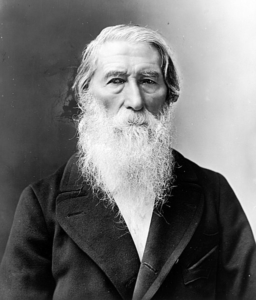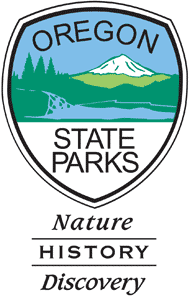SOU Laboratory of Anthropology project rewarded by Congress
(Ashland, Ore.) — The Southern Oregon University Laboratory of Anthropology’s Oregon Chinese Diaspora Project – an ongoing, collaborative effort to research and document the lives of Oregon’s early Chinese immigrants – was awarded almost $500,000 in the spending bill approved by Congress this month. The federal allocation more than doubles the total funding that the archaeological project has received since it began in 2016.
SOU is the only one of Oregon’s four technical and regional universities to receive congressional funding in the new spending bill.
“This is another example of our representatives at both the state and federal levels recognizing the important, innovative work that is coming out of our university,” SOU President Rick Bailey said. “Senators Merkley and Wyden supported this request through all the twists and turns of the congressional budgeting process, and the result will be a far greater understanding of the vital roles that Chinese Americans and immigrants have played throughout Oregon’s history.”
The new federal funding will allow the award-winning Oregon Chinese Diaspora Project to expand well beyond its original focus on 19th century mining and railroad settlements, to encompass areas throughout the state where Chinese immigrants have had a presence. The project will also incorporate “orphaned” collections from other archaeological efforts, and will result in a series of field schools, volunteer opportunities, exhibits, digital content and free, public talks and programs.
“We have investigated railroad and mining sites across the state, but these funds will be used to explore and document the history of Chinese Oregonians living in diverse geographical areas and working in a variety of industries, in an effort to better capture the full range of Chinese American heritage and experience in Oregon,” said archaeologist Chelsea Rose, director of the SOU Laboratory of Anthropology.
“While we have done amazing things working with our partners to date, this allows us to investigate some of the ‘bucket list’ sites we have encountered over the years, and implement some of our dream projects,” she said.
SOULA works on the Oregon Chinese Diaspora Project with agencies including the Medford District of the Bureau of Land Management, the Malheur National Forest, the Rogue River-Siskiyou National Forest, Oregon State Parks, the Oregon Historical Society and the Portland Chinatown Museum.
Researchers have used local history and public archaeology to challenge dated stereotypes and highlight the transnational lives of the Chinese immigrants and Chinese Americans that helped establish the early infrastructure and economic industries of Oregon. The project has included digging, interpreting and touring numerous archaeological sites around the state where Chinese immigrants worked and lived, and researching censuses and community records.
The effort has won several awards, including one last fall from the National Trust for Historic Preservation (NTHP) and a national Award of Excellence from the American Association for State and Local History (AASLH) in June of 2022.
Sens. Merkley and Wyden submitted a “congressionally directed spending request” on SOU’s behalf to better enable students to assist with a comprehensive, statewide inventory of Chinese heritage sites. It will pay for archival research, targeted field visits and community outreach, and archaeological investigations at seven to 10 sites identified during the survey.
“These investigations would target sites that will fill in gaps in the documentary record, including industries or areas of the state that have been understudied,” the congressional request said. “This will consist of a mix of archaeological excavation, intensive survey, or analysis of orphaned artifact collections.”
About two-thirds of the $499,743 allocated by Congress will be used for fieldwork and reporting, with most of the remainder earmarked for travel, curation and supplies. The funding is part of the federal Labor, Health and Human Services budget for improvement of postsecondary education.
-SOU-

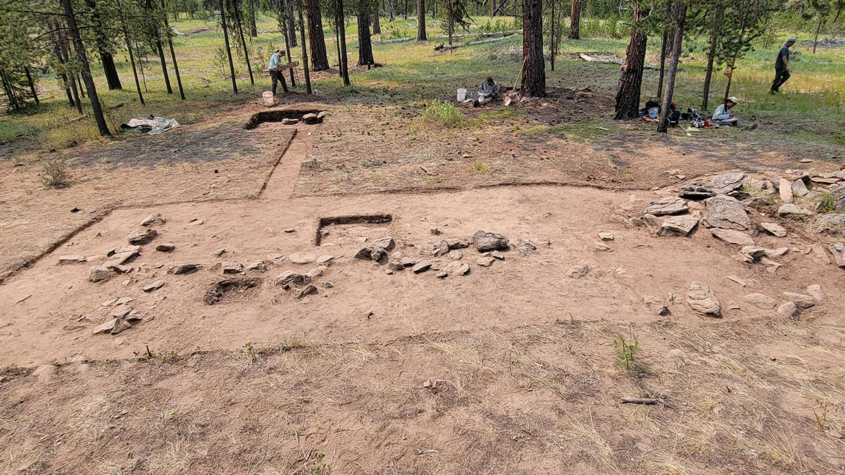
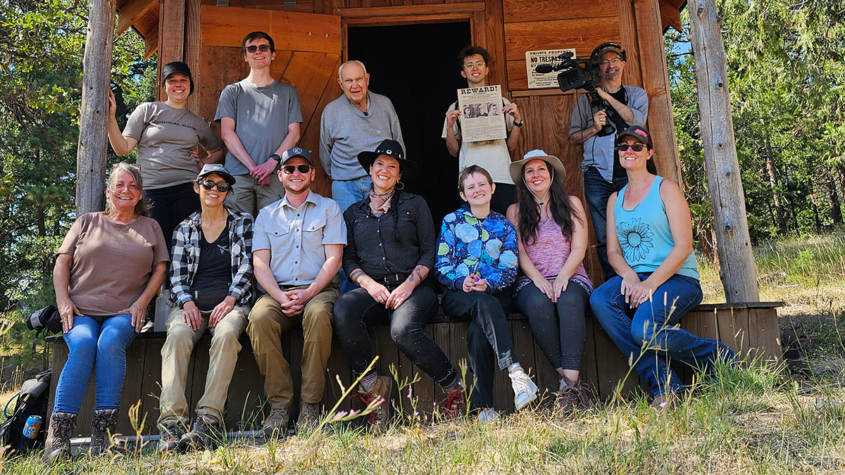
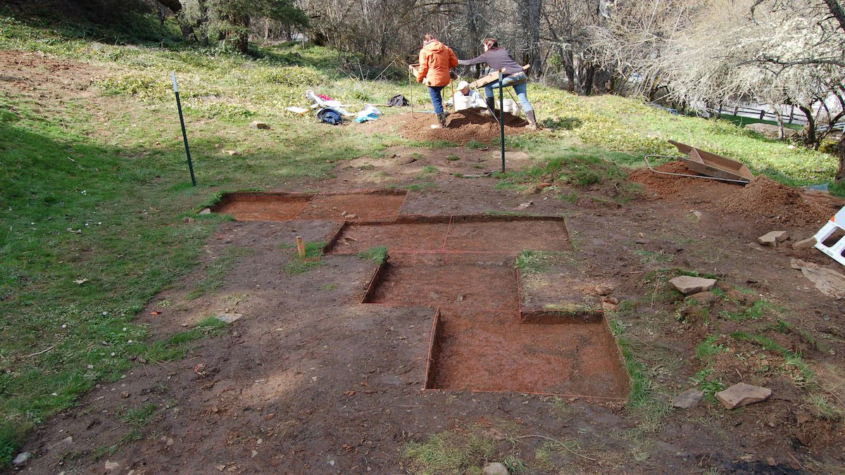
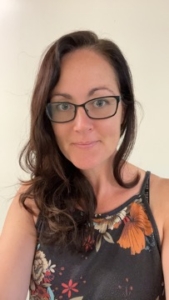 “This type of funding is so important for the research that we conduct here at SOULA,” said SOU research archaeologist Katie Johnson, who will lead the project. “Specialized analysis like this is very time-consuming and there are relatively few people in our field with this type of expertise, which often results in these studies not being conducted.
“This type of funding is so important for the research that we conduct here at SOULA,” said SOU research archaeologist Katie Johnson, who will lead the project. “Specialized analysis like this is very time-consuming and there are relatively few people in our field with this type of expertise, which often results in these studies not being conducted.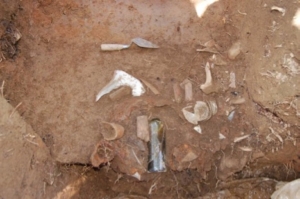 Findings from the excavation of the Chinese Quarter were analyzed with the help of a 2016 Oregon Heritage Grant. The data has been used in numerous studies of the
Findings from the excavation of the Chinese Quarter were analyzed with the help of a 2016 Oregon Heritage Grant. The data has been used in numerous studies of the 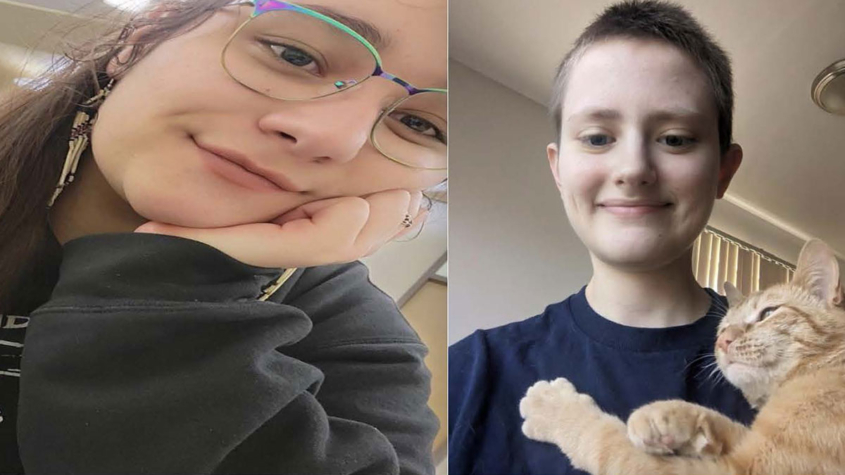
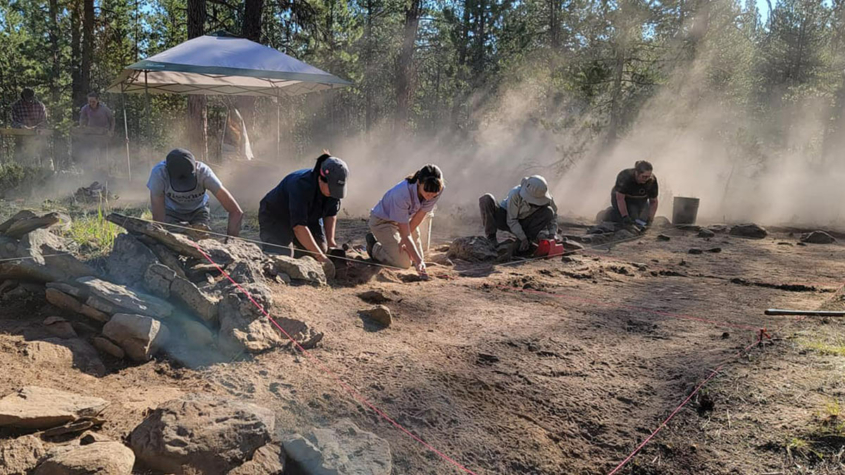
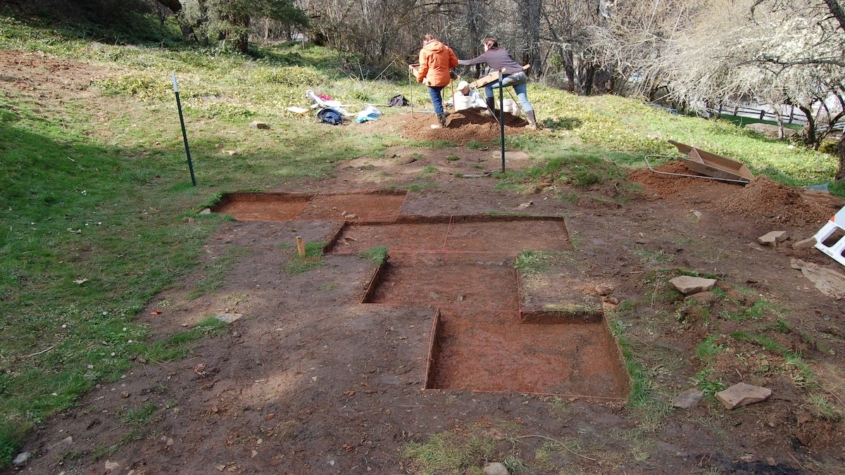
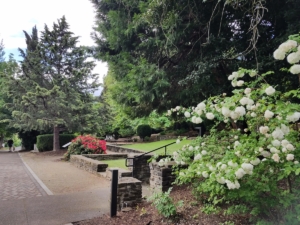 The excavations by
The excavations by 